
Cross Flow Turbine 2x200kW Thailand by Renerconsys YouTube
A Crossflow turbine is a device used to generate power from hydro, which is a renewable source of energy. The salient feature of this turbine is its simplicity in construction. In the past few decades, variables such as flow diverter, air holes, bidirectional flow were introduced in the turbine design to improve its efficiency.This paper presents a comprehensive review of the performance of.

SIAPRO Crossflow turbines design and production
A Crossflow turbine is a device used to generate power from hydro, which is a renewable source of energy. The salient feature of this turbine is its simplicity in construction. In the past few.
Turbines HEECO
Cross-flow turbines are able to harness the kinetic energy in wind, tidal currents and rivers. Relative to axial-flow turbines, cross-flow turbines, referred to a "vertical-axis" turbines in the wind sector, operate at lower rotation rates, are insensitive to inflow direction, and may be able to achieve higher power output per unit area within an array (Dabiri 2011).

Pico Cross Flow Turbine running on a test bench2Silverboat
A Crossflow Turbine, also known as an Ossberger or Banki-Michell turbine, is a type of turbine that works by transforming water energy into mechanical energy. It is an impulse turbine, which means that its blades are planned to extract the kinetic energy of the water and transform it into mechanical energy (i.e., rotational energy).
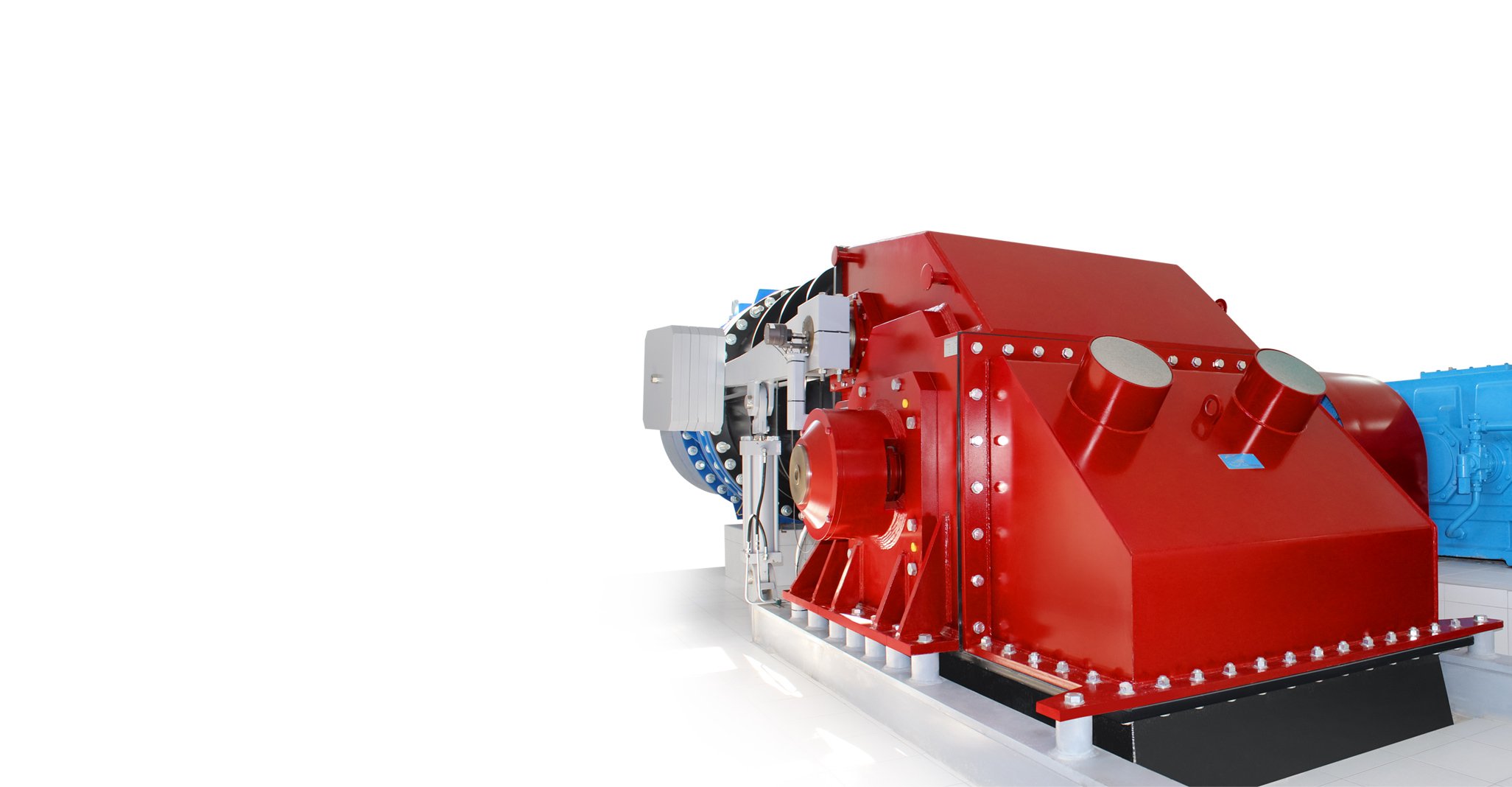
Crossflow turbines CINK Hydro Energy k.s.
Araya and Dabiri 3 studied the differences between wakes produced by a cross-flow turbine under motor-driven and fluid-driven operation using either a mechanical vise to impose a relatively constant control torque or a DC motor to impose a relatively constant rotational speed. They showed that, when the turbine was motored at higher rotational rates than that could be achieved by resistive.

SIAPRO Crossflow turbines design and production
A cross-flow turbine, Bánki-Michell turbine, or Ossberger turbine [1] is a water turbine developed by the Australian Anthony Michell, the Hungarian Donát Bánki and the German Fritz Ossberger. Michell obtained patents for his turbine design in 1903, and the manufacturing company Weymouth made it for many years.
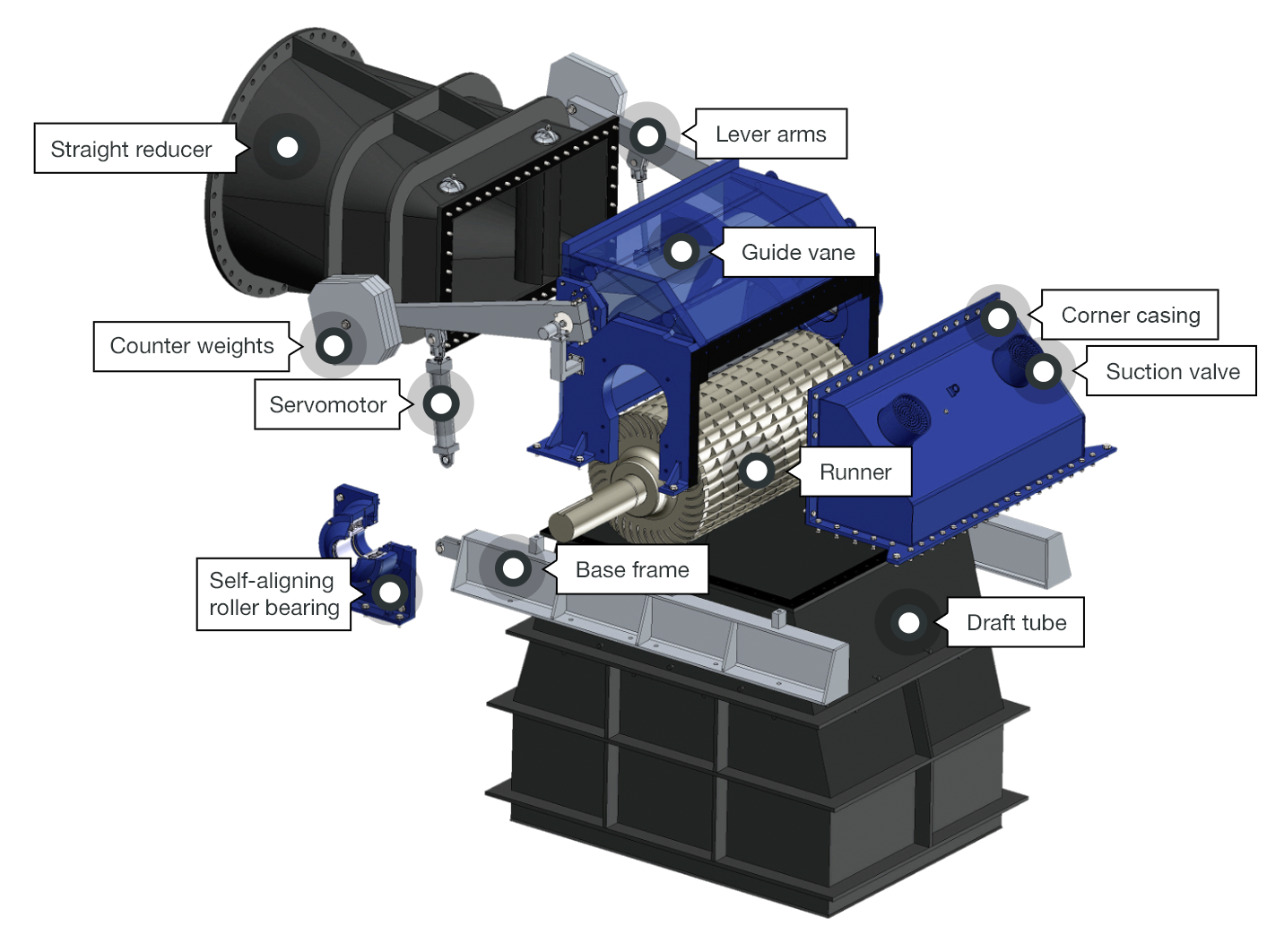
OSSBERGER® Crossflow Turbine Ossberger
The study deals with the design and analyses of fundamental parameters based on optimization conditions of crossflow turbine (CFT) critical parts—the runner, nozzle, shaft, transmission belt, and pulley.

Crosssection of a CrossFlow turbine. Water that enters the nozzle is
Cross Flow Turbines (CFT) are also referred to as vertical-axis, H-rotors or Darrieus type turbines, however the term cross-flow turbine is preferred since the absolute turbine position is omitted and the relative flow-axis geometry is emphasised through this terminology. This type of turbine has had limited use within the onshore wind energy.

CrossFlow Turbine Geppert The Art of Engineering
Crossflow turbines Head range 3 - 200m Flow range 0,03 - 17m 3 /s Output range 10kW - 10MW Designed according to a turbine technology from 1903 and developed for the needs of modern power plants.
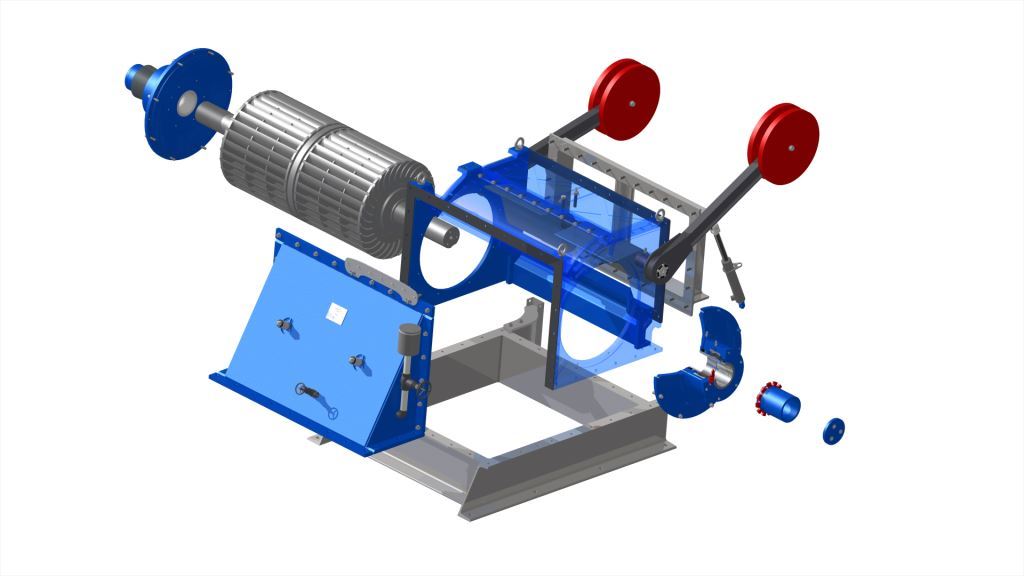
The CrossFlow principle JLA HYDRO
The patented OSSBERGER ® Crossflow Turbine operates at heads from 2.5 up to 200 meters. We have developed this turbine type especially for small hydropower. Currently, it is available with outputs of up to 6 megawatts. Even at very low water flows it reliably supplies energy and copes excellently with fluctuating water volumes.

Pico Cross Flow Turbine running on a test bench1Silverboat
Cross Flow Turbine Water flows perpendicular to the device's axis of rotation. Cross flow turbines, also known as vertical-axis turbines, capture kinetic energy of moving water with spinning blades oriented perpendicular to the direction of flow. They can be mounted in either vertical or horizontal orientations.

SIAPRO Crossflow turbines design and production
Cross-flow or Banki-Michel turbines are a very efficient and economic choice that allows a very good cost/benefit ratio for energy production located at the end of conduits carrying water from a water source to a tank. In the paper the optimum design of a cross-flow turbine is sought after, assuming a flow rate variable in time.
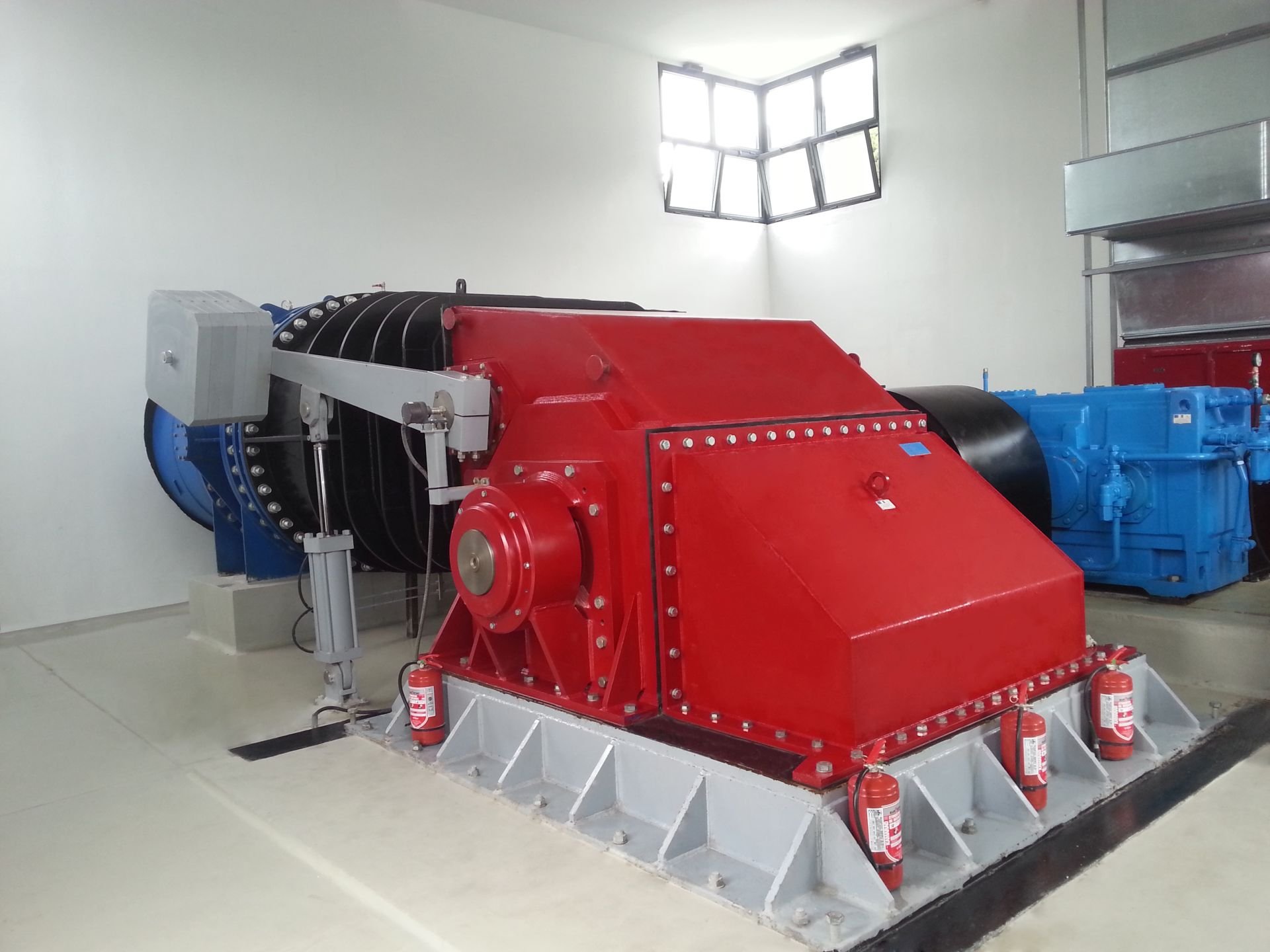
Crossflow turbines CINK Hydro Energy k.s.
Crossflow turbines are impulse turbines, which means (amongst other things) that the rotor is spinning air and is not fully-flooded like in a reaction (e.g. Kaplan) turbine. The water exits the rotor and falls into the draft tube, which can be many metres long (though not normally more than 1/3 of the total net head across the system).
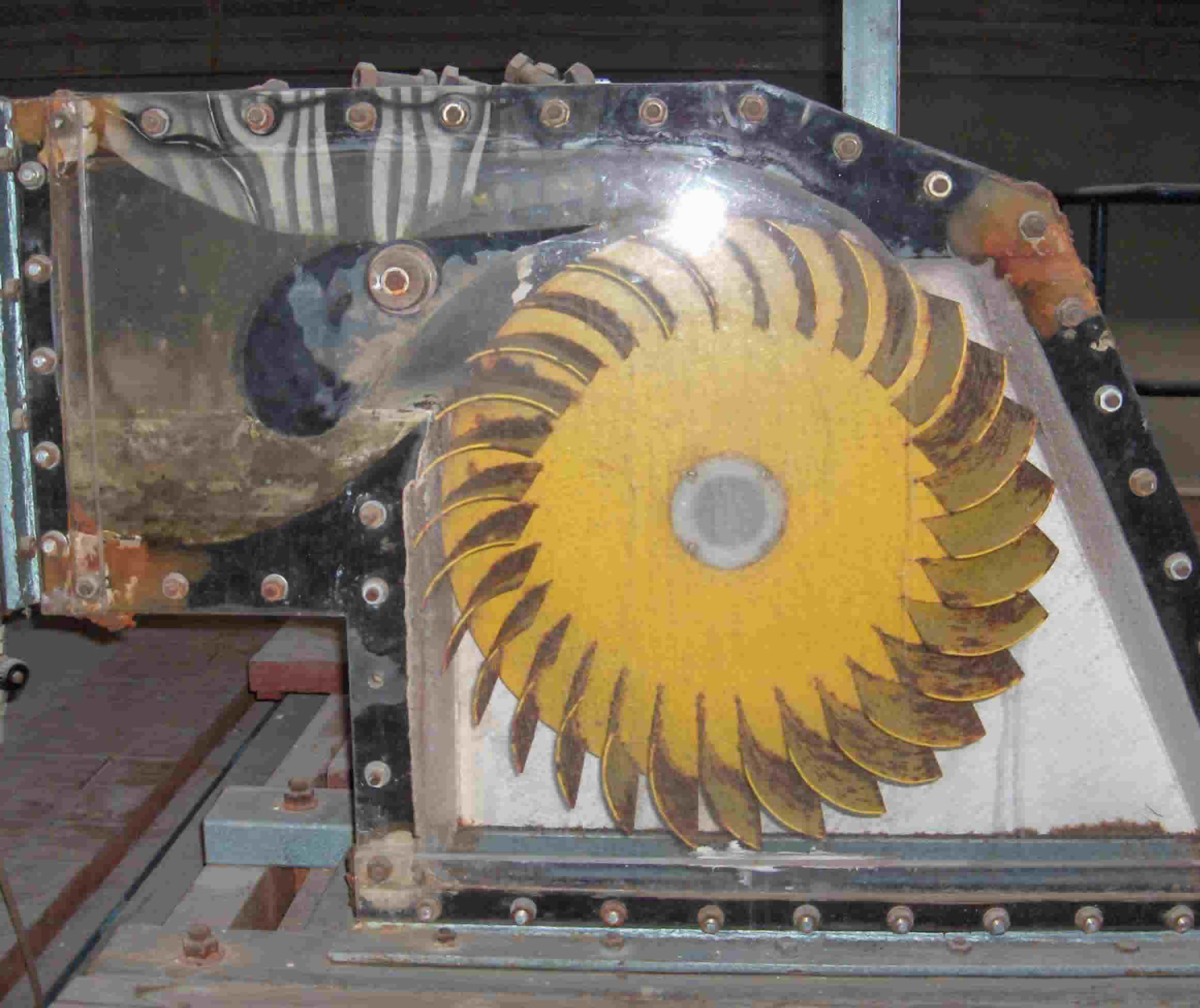
instrumentation
Crossflow turbines, sometimes known as Banki-Mitchell or Ossberger turbines (depending on the country) are a type of hydro turbine (specifically an impulse turbine) that tends to be used in smaller hydroelectric sites with power outputs between 5-100 kW.
Typical schematic view of cross flow turbine (CFT). Download
This short video shows how a Cross Flow Turbine works and what are its principles.
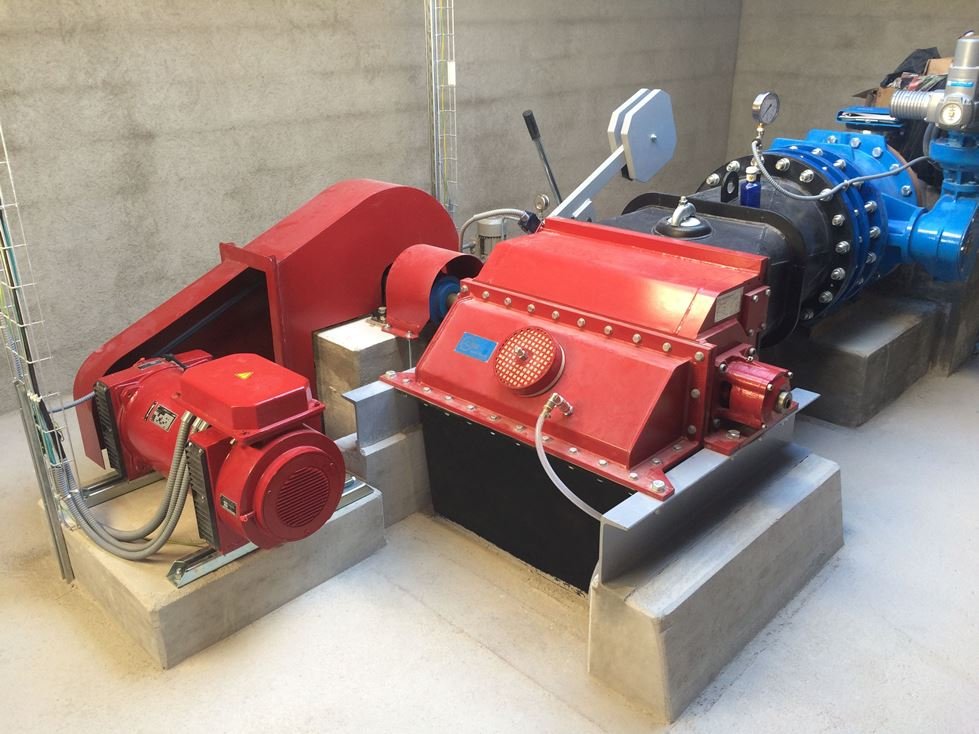
Crossflow turbines CINK Hydro Energy k.s.
A reaction turbine generates power from the combined forces of pressure and moving water. A runner is placed directly in the water stream, allowing water to flow over the blades rather than striking each individually.